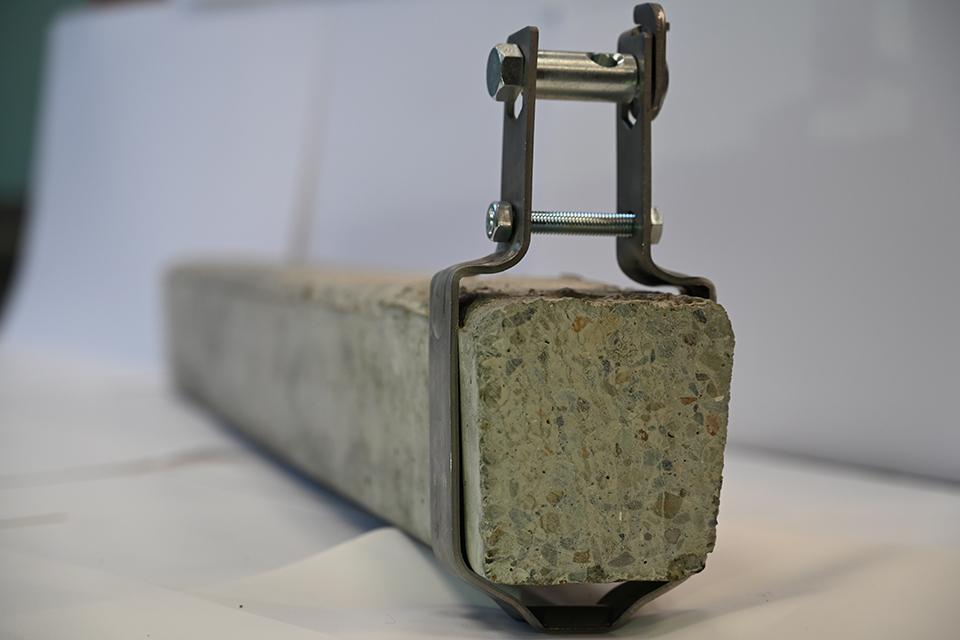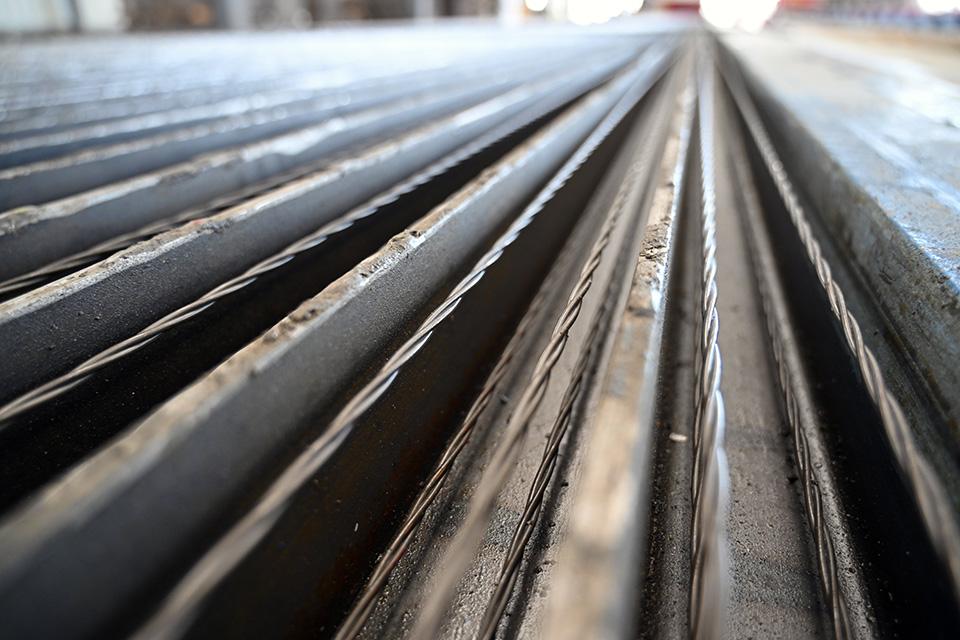Concrete Posts Grow In Demand For More Grape Vineyards
Responding to requests from growers, a longtime manufacturer of precast concrete products has recently begun selling prestressed, steel-reinforced posts for trellising orchards and vineyards. “We talked to a lot of growers,” says Jensen Precast Director of Product Management George Kehagias. “We found there’s a lot of interest in the U.S. People are very intrigued by this system.”
Jensen Precast was founded in Reno, NV, by Don Jensen in 1968 and remains a family business. It began manufacturing the concrete trellis posts at its Kingsburg, CA, facility this past May and will market them under the name Harvest Pillar.
Many U.S. growers are familiar with concrete posts as they are already using them, but they generally have had to source them from Italy. Shipping costs have skyrocketed in recent years, however, making the posts often too pricey to import. That’s why Kehagias says the company’s employees are excited about their prospects for U.S. sales.
“We have no competitor in the market,” he says, “and we probably won’t anytime soon, as we have an exclusive with the Italian form manufacturer.”

Concrete posts reinforced with steel offer more durability than wood in holding up through the years.
Photo courtesy of Jensen Precast
VIVA ITALIA
Italy is the international center of the industry, and that’s exactly where Jensen executives traveled a few years ago to learn more, Kehagias says. Coincidentally, a study tour from the International Fruit Tree Association ventured to Northern Italy in late 2022, and seemingly everywhere the tour went, growers remarked on the fact there were no wood posts to be seen — just concrete. (This aspect of the tour was covered in the Jan. 2023 issue of American Fruit Grower.
Several U.S. growers on the IFTA trip said they had seen cases of entire orchard blocks trellised with wood posts losing as much as half their yields in recent years when whipping winds blew over orchard blocks laden with beautiful fruit just prior to harvest.
Many growers favor concrete posts over wood because they simply last longer — usually 50 years or more. Tom Auvil, a longtime Washington state researcher and grower, says he has seen wood posts rot in as little as seven years, and having to replace them after 10 years is not unusual.
Italian growers report their concrete trellis systems can last longer than the trees or vines. When an orchard or vineyard needs pulling because the variety has fallen out of favor, or simply was so old it ceased being productive, the concrete posts are left in place for the next orchard planting. The difference, Kehagias says, is their concrete posts are prestressed to provide flexibility and endurance.
“Think steel cable, and then pour concrete over it. This wire tension reduces the amount of cracking. It’s why parking structures utilize that technology,” he says. “Our product uses that tech for trellis posts as it allows and enables mechanical harvest because it doesn’t damage the posts or the harvesters. Wood and steel, when they get hit, the damage is permanent. But when using prestressed concrete, there is
no damage.”

The key to Harvest Pillar concrete trellis posts, made in California by Jensen
Precast of Kingsburg, CA, are the forms used to manufacture the posts, as they have an exclusive with a company in Italy, traditional home to the technology.
Photo courtesy of Jensen Precast
TEST DRIVES AVAILABLE
The cost of the concrete posts is higher initially, but Jensen is betting growers will realize the benefits and that they will pencil out over time. The company has a calculator on its website, HarvestPillar.com, so growers can run some numbers on pricing.
“For growers who are serious, we are doing pilot projects up to 1 acre,” Kehagias says. “In return we get feedback from on how it works — videos and photos, as well.”
While they remain confident, it is unchartered territory in the U.S., and Kehagias says there is some trepidation being first.
“There’s a lot of costs to get into it, and it’s a gamble that growers will accept into the market,” he says. “But we’re excited about the products, and a lot of people know the technology exists.”









